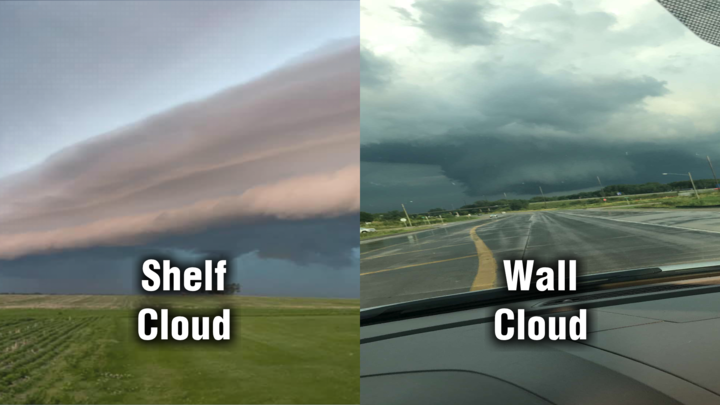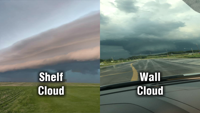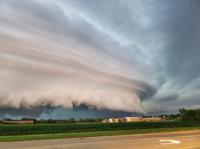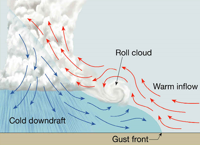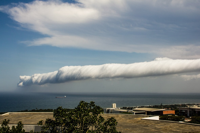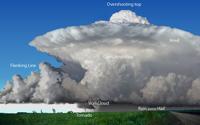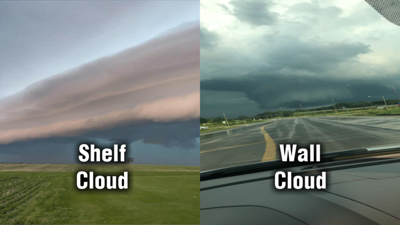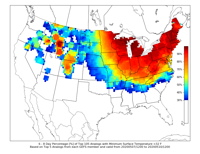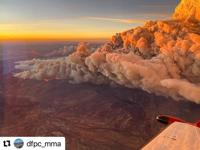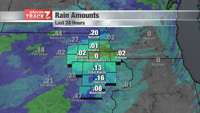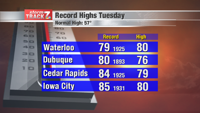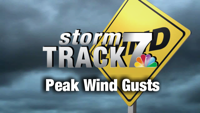Both can be ominous and scary looking and both can be a signal of hazardous weather to come. However, they are not the same and are often confused with each other.

Tricia Rose - Cedar-Falls (Shelf Cloud)
You’ll find a shelf cloud on the leading edge of a line of storms. Sometimes they can look like mother ships and sometimes people report false tornadoes from them. They are one of the coolest yet ominous looking cloud features on the planet (in my opinion). They are named shelf clouds because, well simply they look like a shelf of which you could set things on. They are typically very long and have layers to them.

Jessica Ann Condon - Waverly (Shelf Cloud)
Here is a compilation of shelf clouds from a storm that moved through eastern Iowa on 6/21/2020.

April Singewald - Jerico (Shelf Cloud)
When rain falls out of a thunderstorm it brings cold air with it. That cold air is more dense than the warm and humid environmental air and therefore when it hits the ground, it pushes out away form the base of the storm. Since it is more dense, it can displace the warm air which has nowhere to go but up and over the cold air. This rising motion allows the warm, moist air to condense into clouds. Because of the conditions that form a shelf cloud, you will notice the strong gusts of wind before you feel the rain hit you.

Sometimes the shelf can be completely detached from the cloud base where it then becomes a roll cloud. They are called this because it basically looks like a Pringle’s tube rolling over on its side. These are relatively rare but are quite the sight!
A wall cloud is a lowering from the cloud base of a supercell (rotating storm). Wall clouds are often rotating as well, sometimes strongly. A supercell, compared to a line of storms, is much smaller and compact. Therefore a wall cloud will not take up as much space in the sky compared to a shelf cloud.

A wall cloud can produce a tornado. Some examples are below:
In conclusion, a wall cloud is associated with a rotating storm and the main hazard will be a tornado whereas with a shelf cloud, the main threats will be damaging wind gusts with a line of storms.

